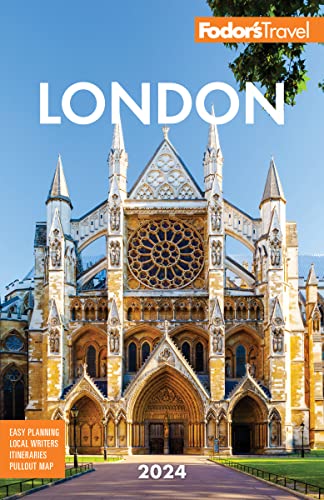The capital's fast-beating financial heart, The City is associated with power and pomp, embodied in the three institutions at its epicenter: the Bank of England, the Royal Exchange, and Mansion House. The site of the original Roman settlement from which all of London grew, the "Square Mile" has statement skyscrapers cheek-by-jowl with some of London's most iconic historic buildings, from Wren's uplifting St. Paul's Cathedral to the Tower of London, a royal fortress, prison, and jewel house surrounded by a moat.
Home to both the latest financial high-tech and the descendants of medieval guilds, The City is where the historic past and fast-moving present collide. Begin your explorations on Fleet Street, the site of England's first printing press and the undisputed seat of British journalism until the 1980s. Nestled behind Fleet Street is Dr. Johnson's House, where the noted lexicographer, famous for asserting "when a man is tired of London, he is tired of life," compiled the original Dictionary of the English Language. Nearby St. Bride's, a Wren gem recognizable by its tiered-wedding-cake steeple, is still known as "the journalists' church" while to the east is Wren's masterpiece of the English baroque, St. Paul's Cathedral. Legacies of London's past are everywhere: at the Central Criminal Court, better known as The Old Bailey (and, in its various incarnations, the venue for many of London's most notorious criminal trials); the soaring Victorian Smithfield Market, built on a site where livestock has been sold since the 14th century and where a dusk-to-dawn wholesale meat market—the largest in Britain—still operates; the Romanesque church St. Bartholomew the Great and next to it St. Bartholomew's Hospital, both begun in 1123 at the eastern end of Smithfield; the Guildhall, from whose Gothic Great Hall The City was governed and where you can see recently excavated remains of the only Roman amphitheater in London; the church of St. Mary-le-Bow, home of the "Bow Bells," of which true Cockneys are supposedly born within earshot; and the maze of charmingly old-fashioned, narrow streets around Bow Lane.
To the south is another Wren edifice, the Monument, begun in 1671 to commemorate the Great Fire of London five years earlier, while farther east is the historically rich Tower of London, which has dominated the riverbank for over a thousand years. Looking towards the river, you'll immediately spot the Victorian Gothic Tower Bridge, one of London's most recognizable landmarks. You can put all this history into context at the Museum of London, where the archaeological displays include a segment of the Roman Wall that ringed The City when it was known to Romans as "Londinium."
The City is also home to some of London's most distinctive contemporary architecture. To the north of Smithfield is the Barbican Centre, a Brutalist concrete complex of arts venues and apartments that was controversial when it was built between 1965 and 1976, but has since become an indispensable part of the London streetscape. A plethora of distinctive new structures now tower over The City, not all of which are popular; bold designs such as 20 Fenchurch Street (aka The Walkie Talkie) and 30 St Mary Axe (The Gherkin) are almost as contentious today as the Barbican was 40 years ago (but several have top-floor restaurants, where you can take in superb views). They all add to the mix in this constantly evolving area, and whenever you return—whether in months or years—The City is guaranteed not to be the same as when you saw it last.






